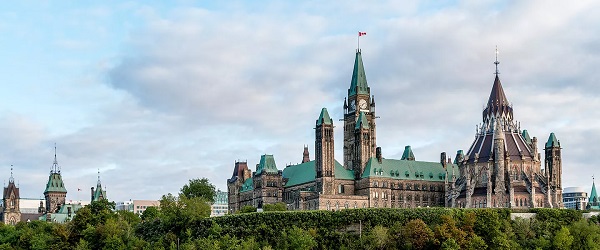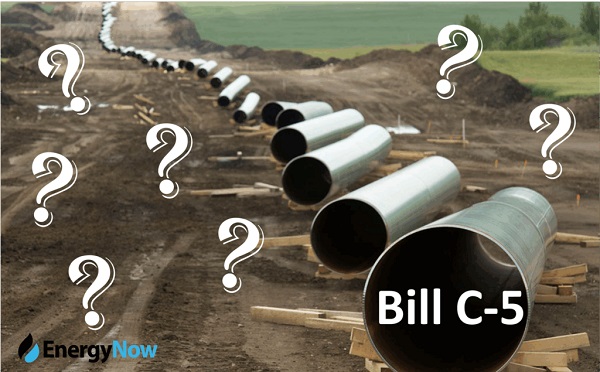Energy
Solar’s Dirty Secret: Expensive and Unfit for the Grid
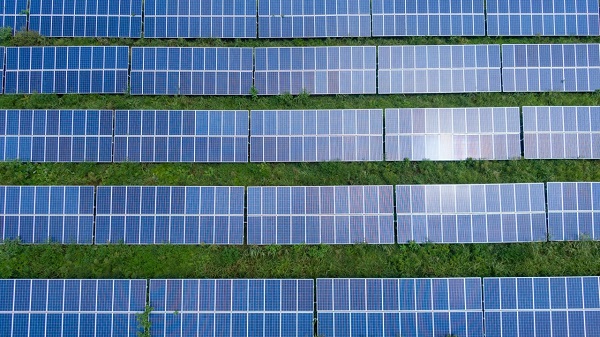
From the Frontier Centre for Public Policy
By Ian Madsen
To store twelve hours worth of the 1.6 TW total installed global solar power capacity would cost about 12.9 trillion Canadian dollars
Solar energy’s promise of a green, abundant future is captivating—but beneath the shiny panels lies a story of unreliability, hidden costs, and grid instability.
Green enthusiasts endorse solar energy to reduce carbon dioxide (CO2) emissions from traditional energy sources such as coal, oil, and natural gas. The source of solar power, the sun, is free, abundant, and always available somewhere. However, these claims are misleading. Solar energy is costly and unreliable in ways its proponents commonly disguise. If adopted extensively, solar energy will generally make energy and electric power grids more unreliable and expensive.
The solar industry has burgeoned remarkably, with an estimated average compound annual growth rate (CAGR) of about 39 percent from 2021 to 2024. Earlier this century, the growth rate was even faster. As a result, global installed solar capacity has reached 1.6 terawatts (TW), according to the U.S. Energy Department. This capacity is theoretically sufficient to power a billion homes at 1.5 kilowatts per home. However, the term “theoretically” poses a significant challenge. Solar power, without affordable energy storage solutions, is only available during daylight hours.
The minimum amount of storage required to make global solar power truly “dispatchable”—i.e., independent of other backup energy sources—would be twelve hours of storage. Options include batteries, pumped hydro, compressed air, or other technologies. Since batteries are today’s standard method, the following calculation estimates the cost of the minimum amount of battery storage to ensure reliable solar power.
Twelve hours per day multiplied by 1.6 terawatts and dividing the result by one kilowatt-hour (kWh), we arrive at a final requirement of 19.2 billion kWh of storage. According to a meta-study by the National Renewable Energy Lab, the utility-grade cost of battery storage is C$670.99 per kWh.
To store twelve hours worth of the 1.6 TW total installed global solar power capacity would cost about 12.9 trillion Canadian dollars; a safer twenty-four hours’ storage would be double that. Total storage available in 2023 was, the International Energy Agency notes, approximately two hundred and sixty gigawatts (GW) of power – a tiny fraction of power production of 3.2 million GW in 2022, using figures from Statista.
No firms or governments can have the necessary storage to make solar viable even if the entire globe was involved, as the total global GDP was about C$148 trillion in 2023, according to World Bank figures. That is not solar’s only problem. The most harmful effect is how it undermines power grids. The misleading, ‘levelized’ near-zero cost undercuts traditional, reliable on-demand energy sources such as coal, natural gas and nuclear power.
Importantly, high solar and wind power output can make prices turn negative, as an Institute for Energy Research article noted, but can swiftly revert to high prices when winds calm or the sun sets, as the fixed costs of traditional power plants are spread over lower production. Baseload traditional energy sources are essential because the frequent unavailability of renewables can be dangerous. Consequently, overall costs for customers are higher when renewables are included in the energy mix. Solar mandates in California made its power supply wildly erratic.
Without affordable energy storage, solar is a seductive illusion; its unchecked adoption risks turning power grids into unreliable, costly experiments at the expense of energy stability.
Ian Madsen is the Senior Policy Analyst at the Frontier Centre for Public Policy.
Alberta
Pierre Poilievre – Per Capita, Hardisty, Alberta Is the Most Important Little Town In Canada
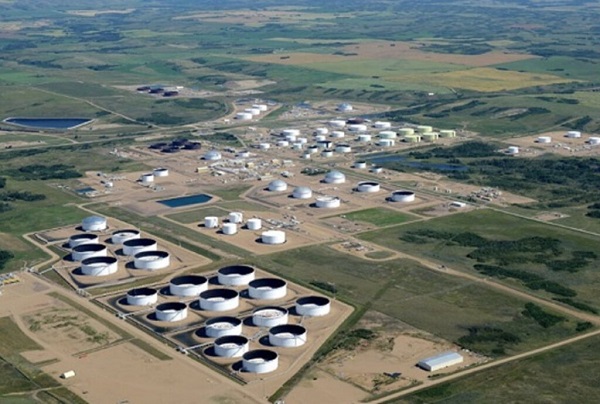
From Pierre Poilievre
Energy
If Canada Wants to be the World’s Energy Partner, We Need to Act Like It
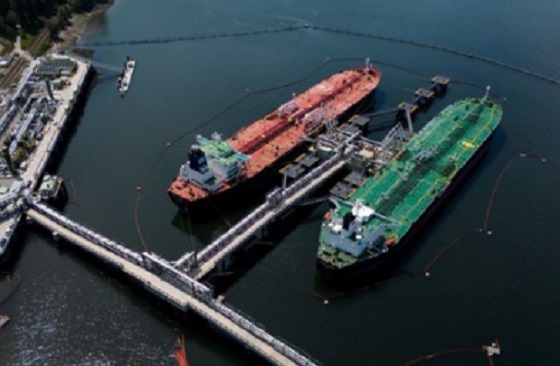
Photo by David Bloom / Postmedia file
From Energy Now
By Gary Mar
With the Trans Mountain Expansion online, we have new access to Pacific markets and Asia has responded, with China now a top buyer of Canadian crude.
The world is short on reliable energy and long on instability. Tankers edge through choke points like the Strait of Hormuz. Wars threaten pipelines and power grids. Markets flinch with every headline. As authoritarian regimes rattle sabres and weaponize supply chains, the global appetite for energy from stable, democratic, responsible producers has never been greater.
Canada checks every box: vast reserves, rigorous environmental standards, rule of law and a commitment to Indigenous partnership. We should be leading the race, but instead we’ve effectively tied our own shoelaces together.
In 2024, Canada set new records for oil production and exports. Alberta alone pumped nearly 1.5 billion barrels, a 4.5 per cent increase over 2023. With the Trans Mountain Expansion (TMX) online, we have new access to Pacific markets and Asia has responded, with China now a top buyer of Canadian crude.
The bad news is that we’re limiting where energy can leave the country. Bill C-48, the so-called tanker ban, prohibits tankers carrying over 12,500 tons of crude oil from stopping or unloading crude at ports or marine installations along B.C.’s northern coast. That includes Kitimat and Prince Rupert, two ports with strategic access to Indo-Pacific markets. Yes, we must do all we can to mitigate risks to Canada’s coastlines, but this should be balanced against a need to reduce our reliance on trade with the U.S. and increase our access to global markets.
Add to that the Impact Assessment Act (IAA) which was designed in part to shorten approval times and add certainty about how long the process would take. It has not had that effect and it’s scaring off investment. Business confidence in Canada has dropped to pandemic-era lows, due in part to unpredictable rules.
At a time when Canada is facing a modest recession and needs to attract private capital, we’ve made building trade infrastructure feel like trying to drive a snowplow through molasses.
What’s needed isn’t revolutionary, just practical. A start would be to maximize the amount of crude transported through the Trans Mountain Expansion pipeline, which ran at 77 per cent capacity in 2024. Under-utilization is attributed to a variety of factors, one of which is higher tolls being charged to producers.
Canada also needs to overhaul the IAA and create a review system that’s fast, clear and focused on accountability, not red tape. Investors need to know where the goalposts are. And, while we are making recommendations, strategic ports like Prince Rupert should be able to participate in global energy trade under the same high safety standards used elsewhere in Canada.
Canada needs a national approach to energy exporting. A 10-year projects and partnerships plan would give governments, Indigenous nations and industry a common direction. This could be coupled with the development of a category of “strategic export infrastructure” to prioritize trade-enabling projects and move them through approvals faster.
Of course, none of this can take place without bringing Indigenous partners into the planning process. A dedicated federal mechanism should be put in place to streamline and strengthen Indigenous consultation for major trade infrastructure, ensuring the process is both faster and fairer and that Indigenous equity options are built in from the start.
None of this is about blocking the energy transition. It’s about bridging it. Until we invent, build and scale the clean technologies of tomorrow, responsibly produced oil and gas will remain part of the mix. The only question is who will supply it.
Canada is the most stable of the world’s top oil producers, but we are a puzzle to the rest of the world, which doesn’t understand why we can’t get more of our oil and natural gas to market. In recent years, Norway and the U.S. have increased crude oil production. Notably, the U.S. also increased its natural gas exports through the construction of new LNG export terminals, which have helped supply European allies seeking to reduce their reliance on Russian natural gas.
Canada could be the bridge between demand and security, but if we want to be the world’s go-to energy partner, we need to act like it. That means building faster, regulating smarter and treating trade infrastructure like the strategic asset it is.
The world is watching. The opportunity is now. Let’s not waste it.
Gary Mar is president and CEO of the Canada West Foundation
-

 Business2 days ago
Business2 days agoOttawa Funded the China Ferry Deal—Then Pretended to Oppose It
-

 COVID-192 days ago
COVID-192 days agoNew Peer-Reviewed Study Affirms COVID Vaccines Reduce Fertility
-

 MAiD2 days ago
MAiD2 days agoCanada’s euthanasia regime is not health care, but a death machine for the unwanted
-
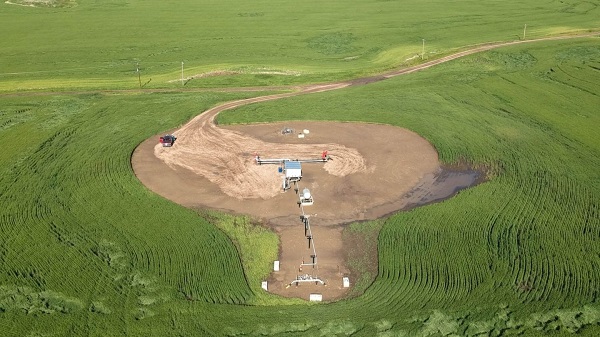
 Alberta2 days ago
Alberta2 days agoThe permanent CO2 storage site at the end of the Alberta Carbon Trunk Line is just getting started
-

 Business1 day ago
Business1 day agoWorld Economic Forum Aims to Repair Relations with Schwab
-
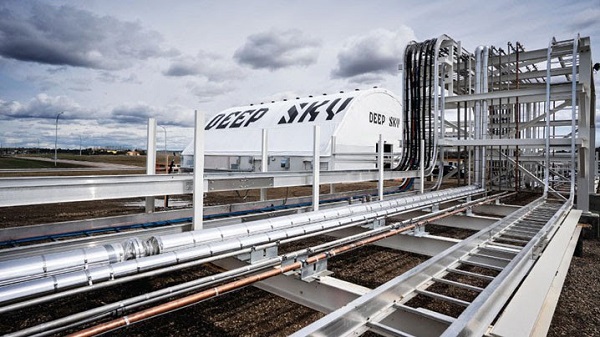
 Alberta1 day ago
Alberta1 day agoAlberta’s government is investing $5 million to help launch the world’s first direct air capture centre at Innisfail
-
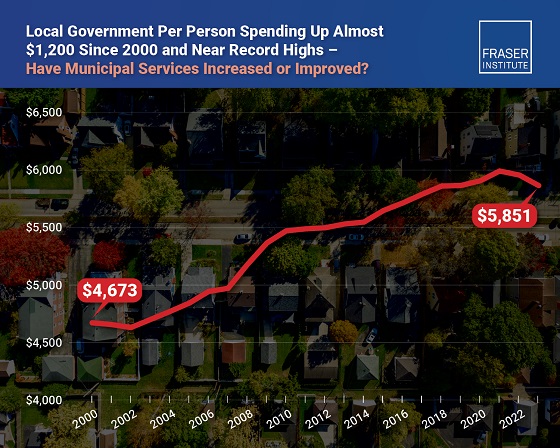
 Business2 days ago
Business2 days agoMunicipal government per-person spending in Canada hit near record levels
-

 Business1 day ago
Business1 day agoA new federal bureaucracy will not deliver the affordable housing Canadians need





